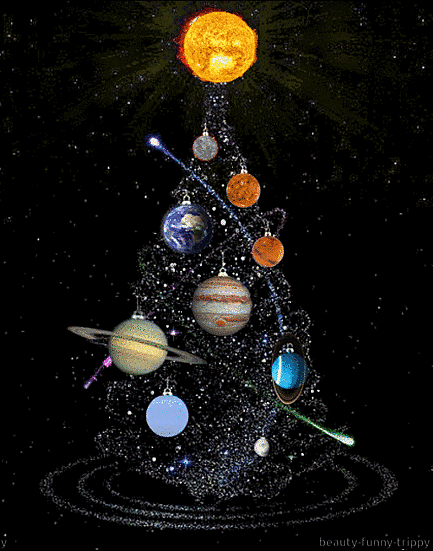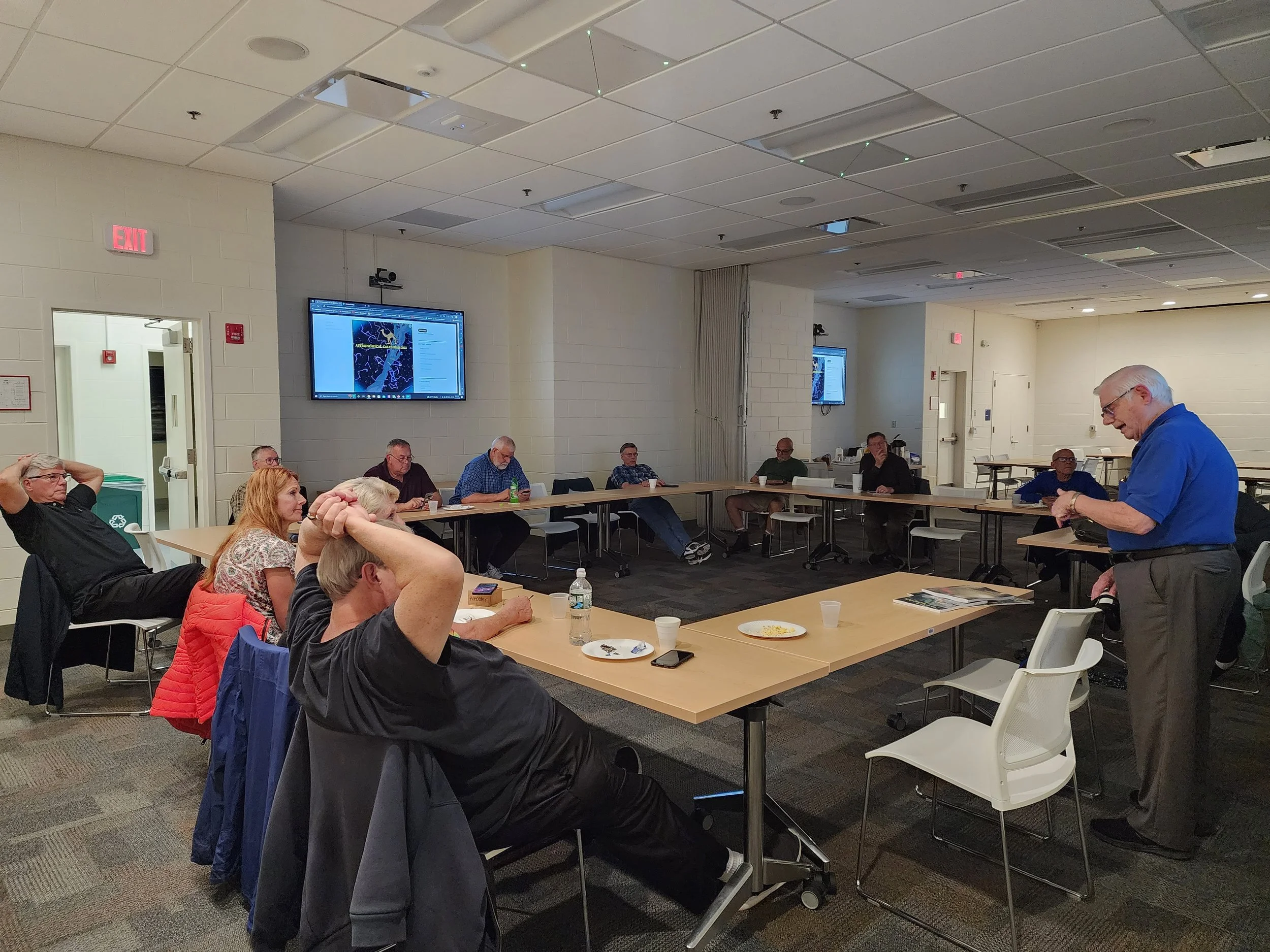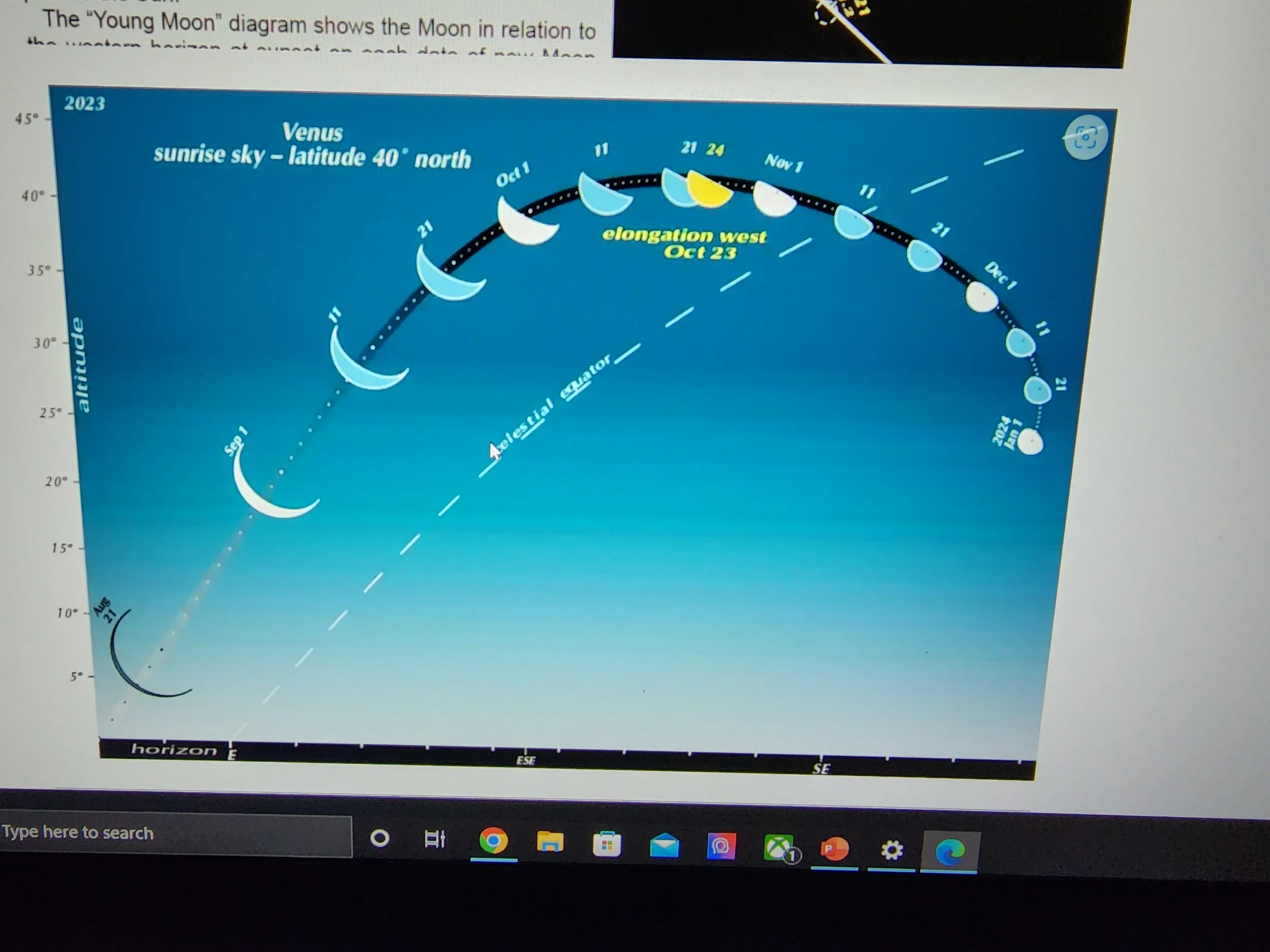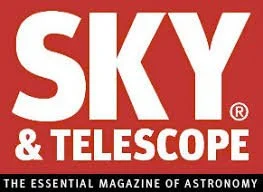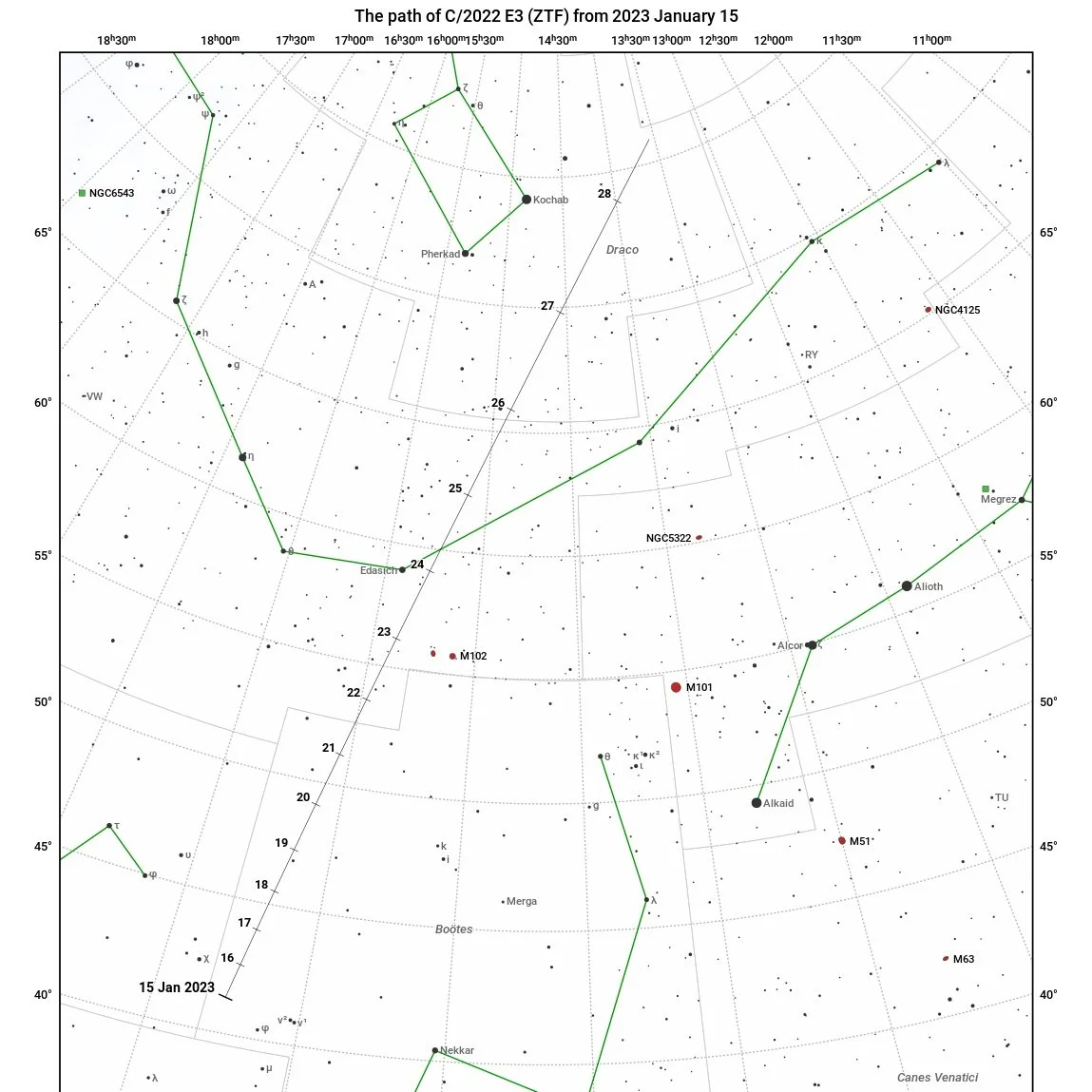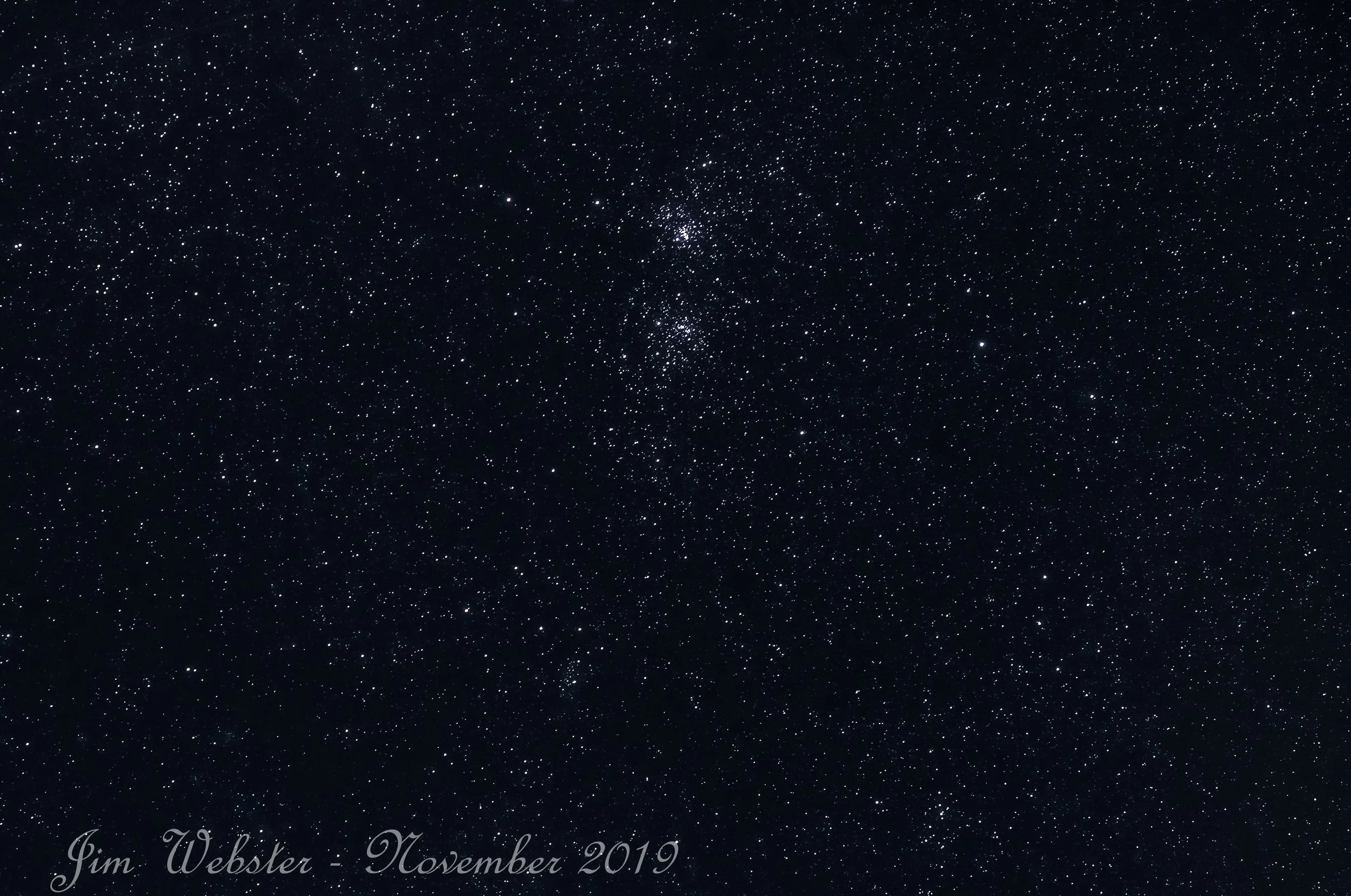Astral Projections Online December 2022
Check our Website for updated content at www.astra-nj.com
Club Presentations Wanted:
Does anyone have any astronomy items of interest to share with the membership?
Please let us know at Club Contacts.
Time to update your membership for 2023
〰️
Time to update your membership for 2023 〰️
Club dues and membership. Please update your membership now for 2023. If you renew after March 31 you will be renewed as a new member.
ASTRAL PROJECTIONS ONLINE (APO for short) is an email-linked publication for members only. If you exit APO to the club website or other resources you will need to use the emailed link again to get back to it. If you wish to retain a copy please bookmark or refer back to the email. We will make all efforts to post by the first week of the month.
Submissions Welcome: Members are invited to submit articles, photos, news, or stories for inclusion with Astral Projections Online. Please contact the ASTRA Webmaster.
Event Calendar
ASTRA’s next meeting will be Friday, December 9, 2022, at 7 PM EST. This will be an in-person meeting at Novins Planetarium - Building 13.
EVENT Cancellations: Members will receive email notifications of an event cancellation.
Upcoming County Park Presentations 2023
Public Outreach Presentations, if any member wishes to support ASTRA outreach efforts with the public, please let Vinny, Ro, or Jim know of any interest.
County Park presentations require a registration fee, call the hosting park to reserve.
Jakes Branch - February 21 - 6 PM - Astronomy with Binoculars
Catus Island - February 28 - 6 PM - Beginner Milkyway Photography
Website Updates …
Please visit our club website. We continue to have additional updates, if there is some content that would be useful to members please let us know.
"I am just learning to notice the different colors of the stars, and already begin to have a new enjoyment.”
- Maria Mitchell - Astronomer
ASTRA Elections
That time of year is now here for the ASTRA Board elections. If there is anyone interested in running for any of the three spots, president, vice-president, or treasurer, please let the current board members know. Elections are at the December meeting, unless there are no takers, then the current board will remain in place.
President - Jim Webster
Vice-President - Vinny Illuzzi
Treasurer - Rosemarie Spedaliere
To all our ASTRA members, families, and friends …
Happy Holidays, and Merry Christmas.
Event Reports
November 10 - Berkeley Township Historical Society
We had an impromptu star party with the Berkeley Township Historical Society after their main event. Very interesting evening as they had a staff member from Double Trouble State Park providing a presentation on the history of the Cranberry Bogs. ASTRA members Rosemarie Spedaliere and Matthew Michota both had their telescopes set up and the weather cooperated just enough to get some observing in between cloud cover. Even the lights coming from the school did not dampen our observations.







Rosemarie's event report for that night … As usual, the day was beautiful but night became very hazy however we still set up our telescopes because we did have the moon and the planets. Actually, as Matthew said the planets looked better than ever with the little bit of haze. We heard lots of Screams when people looked into the telescopes they were so excited. Sometimes in life, you just have to seize the moment. I'm glad we did the impromptu star party. It was hard to see any nebula even some stars were hard to see but the planets did not disappoint. I also showed them gamma Andromeda otherwise known as almaak. It did not disappoint. I showed the gator which looked great and of course, Alberio but couldn't get the ring Nebula. Yes, there were some surrounding buildings and pole lights but we did fine good old sidewalk astronomy. Thank you Matthew for helping me out with the telescopes and Jim and Gloria for taking photos and giving support.
November 19 Jakes Branch Star Party
Event Report from Rosemarie Spedaliere - Last night was a wonderful experience. We had Saturn, Jupiter, and Mars, which were crowd pleasers as usual. I showed Almaak(Gamma Andromeda), Alberio, Ring Nebula, Dumbell Nebula, Andromeda galaxy, and carbon star SAO 142985. Bob showed some 10th magnitude galaxies and open clusters as well as M15 and other globular clusters, also the Double-Double in Perseus. Ed showed Bracchi's Cluster in his telescope. The families that came out were truly interested and hung in with us till the end of the event. A good time was had by all.
November ASTRA Meeting
The presentation was canceled, but all was not lost.
Our November presentation was with guest speaker Doctor Meyer. Her son and herself came down with the FLU and were not able to attend. We hope they are well at this point and that we can reschedule sometime in the future. We also had to deal with some severe weather this night and I am guessing kept some members away that night.
Our meeting consisted of an extended observer meeting on what to see for the month of November with input from all who attended.
ASTRA member Phil Zollner provided a presentation on the new Guy Ottewel’s Astronomical calendar for 2023. A great review of the publication, which had several members going to AMAZON to order it, including your APO editor. The discussion had some interesting highlights and we had some fun with some of the illustrations as well. I am grateful for Phil’s sharing of this publication which will be handy for the 2023 observing season. - Thanks, Phil!
Guy Ottewell
Guy Ottewell is an author of books principally on astronomy, but he also worked in libraries, cataloging books in Middle Eastern languages for the libraries of Manchester University and the University of California, Los Angeles.
You can find articles from Guy Ottewell at EarthSky.com and on his own webpage at Universalworkshop.com
Our Nearest Neighbor
Let’s explore some interesting features, facts, or myths about our nearest neighbor, the Moon. Without it, life on Earth would be totally different, if not at all.
Apollo to Artemis: NASA Returns to the Moon
We’re finally taking steps to get back to the moon. It’s been a long time coming and I know this APO editor is excited.
Artemis/Orion was finally able to launch after many delays, but well worth the wait to ensure all was okay.
Each step of the mission can be found in NASA blog postings at NASA.GOV.
On Saturday, Nov. 26, the Orion spacecraft broke the record for the farthest distance traveled by a spacecraft designed to carry humans to deep space and safely return them to Earth. This distance record was held by the Apollo 13 spacecraft.
In the linked video, Apollo astronauts and flight directors give their insights into the Apollo program, the nation’s reaction then, and how the Artemis program will benefit the nation today. As we go back to the Moon, Artemis will prepare us to travel even deeper into space.
Apollo to Artemis: NASA returns to the Moon
The Earth/Moon image was taken on November 28, 2022, by the Orion spacecraft. Only 24 humans have ever gotten to go see the Moon and Earth this way in space.
Support Scouting Opportunity
We’re having a private presentation for Scout Troop 36 located at St. Andrew's Church in Toms River. Beginner Astronomy: Your First Telescope. … Besides the typical background of participating in your typical scouting activities camping, hiking, etc., they also have a STEM / Science based aspect to their troop and reached out to us about astronomy.
At the time of this posting, we’ll have already had a Beginner Astronomy: Your First Telescope for Boy Scouts Troop 76 from Saint Barnabas Church. If you’ll recall last month we had a star party for them, that was a great success.
Outreach material below is distributed free for public outreach.
Repost from the February 1970 Reflector, page 4.
As found on Astronomical League Facebook page:
Around The Web
Sky & Telescope Article
An old 2016 article found online about Winter Asterisms.
Comet C/2022 E3 (ZTF) Naked eye in the New Year?
Comet C/2022 E3 (ZTF) is meant to become just about bright enough to be seen with the naked eye in the new year.
It is currently at about 12th magnitude in the southern part of the constellation of Corona Borealis, low down in the early morning eastern sky.
Over the next month, it heads northwards, slowly picking up speed and brightening.
At the start of the new year, it is located just north of Corona Borealis. For more… star-gazing.co.uk
On the lighter side of astronomy …
ASTRA Telescopes for Sale
The Explorer Scientific ES127-D still remains for sale and will be posted. If there is any interest please let one of the board members know. We’re looking to give club members a first come first serve, last chance, at a reduced price but we will be going external.
Members Submitted Articles & Items
Whatever it is, the way you tell your story online can make all the difference.
Nothing for November
For more go to NASA Jet Propulsion Laboratory webpage: What’s Up: Skywatching Tips From NASA
This article and images are distributed by NASA Night Sky Network
The Night Sky Network program supports astronomy clubs across the USA dedicated to astronomy outreach.
Visit nightsky.jpl.nasa.gov to find local clubs, events, and more!
Binoculars: A Great First Telescope
By David Prosper
Do you want to peer deeper into the night sky? Are you feeling the urge to buy a telescope? There are so many options for budding astronomers that choosing one can be overwhelming. A first telescope should be easy to use and provide good-quality views while being affordable. As it turns out, those requirements make the first telescope of choice for many stargazers something unexpected: a good pair of binoculars!
Binoculars are an excellent first instrument because they are generally easy to use and more versatile than most telescopes. Binoculars can be used for activities like stargazing and birdwatching, and work great in the field at a star party, along the hiking trail, and anywhere else where you can see the sky. Binoculars also travel well, since they easily fit into carry-on luggage – a difficult feat for most telescopes! A good pair of binoculars, ranging in specifications from 7x35 to 10x50, will give you great views of the Moon, large open star clusters like the Pleiades (M45), and, from dark skies, larger bright galaxies like the Andromeda Galaxy (M31) and large nebulae like the Orion Nebula (M42). While you likely won’t be able to see Saturn’s rings, as you practice your observing skills you may be able to spot Jupiter's moons, along with some globular clusters and fainter nebulae from dark sites, too.
The two most popular types of binocular designs are shown here: roof-prism binoculars (left) and Porro-prism binoculars (right). Roof prisms tend to be more compact, lighter, and a bit more portable, while Porro-prisms tend to be heavier but often offer wider views and greater magnification. What should you choose? Many birders and frequent fliers often choose roof-prism models for their portability. Many observers who prefer to observe fainter deep-sky objects or who use a tripod with their observing choose larger Porro-prism designs. There is no right answer, so if you can, try out both designs and see which works better for you.
What do the numbers on those binocular specs actually mean? The first number is the magnification, while the second number is the size in millimeters (mm) of the lenses. So, a 7x35 pair of binoculars means that they will magnify 7 times using lenses 35 mm in diameter. It can be tempting to get the biggest binoculars you can find but try not to get anything much more powerful than a 10x50 pair at first. Larger binoculars with more power often have narrower fields of vision and are heavier; while technically more powerful, they are also more difficult to hold steadily in your hands and "jiggle" quite a bit unless you buy much more expensive binoculars with image stabilization, or mount them to a tripod.
Would it surprise you that amazing views of some astronomical objects can be found not just from giant telescopes, but also from seemingly humble binoculars? Binoculars are able to show a much larger field of view of the sky compared to most telescopes. For example, most telescopes are unable to keep the entirety of the Pleiades or Andromeda Galaxy entirely inside the view of most eyepieces. Binoculars are also a great investment for more advanced observing, as later on, they are useful for hunting down objects to then observe in more detail with a telescope.
A pair of good binoculars can show craters on the Moon around 6 miles (10 km) across and larger. How large is that? It would take you about two hours to hike across a similar-sized crater on Earth. The “Can You See the Flag On the Moon?” handout showcases the levels of detail that different instruments can typically observe on the Moon, available at bit.ly/flagmoon. Moon image courtesy Jay Tanner
If you are able to do so, real-world advice and experience are still the best for something you will be spending a lot of time with! Going to an in-person star party hosted by a local club is a great way to get familiar with telescopes and binoculars of all kinds – just ask permission before taking a closer look! You can find clubs and star parties near you on the Night Sky Network's Clubs & Events page, and inspire your binocular stargazing sessions with NASA’s latest discoveries at nasa.gov.
APO Editor Note: We have a binocular presentation that we provide to the county parks. If there is an interest in this at a club event please let us know. We also have a club binocular/tripod set as a club loaner.
Let’s Explore Space - What’s in the Sky December 2022.
Double Star Cluster NGC 869 & 884
Age: 12.81 million years
Distance to Earth: 7,502 lightyears
Coordinates: RA 2h 20m 0s | Dec +57° 8′ 0″
Constellation: Perseus
Distance: 7,460 and 7,640ly (2,290 and 2340pc)
Apparent magnitude (V): 3.7 and 3.8
Apparent dimensions (V): 60′
Presentation page extract from Beginner Astronomy: Buying Your First Telescope and Astronomy with Binoculars by Jim Webster.
Tonight’s Sky: December
Step outside on a cold December night when the stars shine bright to find the Big Dipper, Cassiopeia, and Cepheus. They will help you locate a binary star system, a fan-shaped open star cluster, and a variable star. Stay tuned for space-based views of a ragged spiral galaxy, an open star cluster, and an edge-on galaxy.
Visit the STScI which produces Hubblesite.org video overviews for Tonight’s Sky.
They can be found both on Facebook and stsci.edu.
Submissions Welcome
Members are invited to submit articles, photos, news, or stories for inclusion with Astral Projections Online. Please contact the ASTRA Webmaster.

